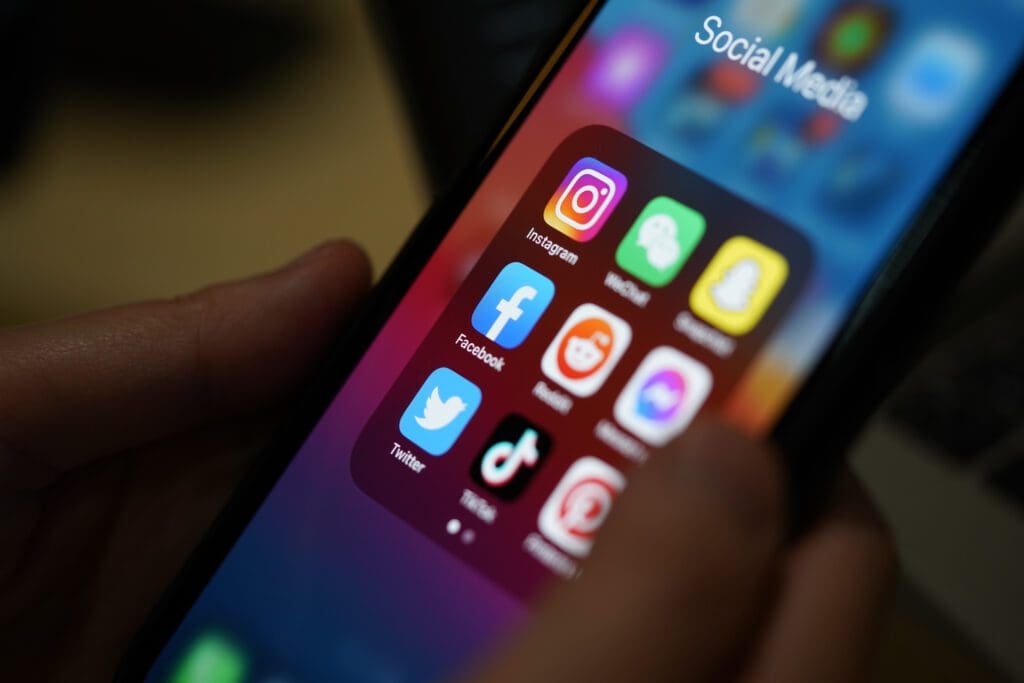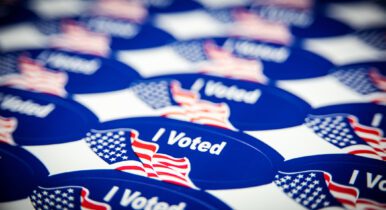How Influencer Outreach Can Help Campaigns Reach an Influx of Young Voters In ’24

Social media strategy for campaigns in 2024 will need to depart significantly from previous cycles to effectively target young voters.
By one estimate, there will be more than 8 million new voters who could participate this presidential, part of a 40.8 million-strong cohort of voting age Gen Zer (those ages 18-27 in 2024). At the top of the ticket, this is already influencing strategy with the Biden-Harris campaign joining TikTok the most obvious example.
Ultimately, the winner in close contests this year could be the candidate who correctly answers: “How do we reach young people and people of color online?”
But Pili Tobar, a partner at Democratic media shop Conexión, went a step further, arguing that effective comms strategy is different even for older voters in 2024.
“The reality is that the folks that we used to think we can find on local and Spanish media, now if you ask them, they get their news from TikTok — and it’s across generations. It’s not just young people,” she said Feb. 27 during a panel hosted by George Washington University’s School of Media and Public Affairs in partnership with C&E. “Or they read headlines on Instagram, and they look at the comments that people are leaving on there.”
She added: “Communications is no longer just dealing with the traditional press.” Now, it requires close collaboration with the digital team on a holistic strategy.
Maxwell Nunes, who heads up digital ads at Democratic mega firm SKDK, said it’s about thinking of campaigns as “multi-media enterprises.”
“Whether you’re running for school board, or you’re running for president, you now have to show up in all these places and trying to communicate in ways that are authentic and make sense,” he said.
A big part of that strategy in 2024 will rely on influencer marketing, he said, which will require many campaigns to discard their old approvals processes.
“Campaigns are notoriously control freaks,” he said, but there are simply not enough hours in the day to fully vet influencer content. “The campaigns have to be comfortable letting go a little bit of the grip of power,” he said.
Moreover, Tobar cautioned against trying to turn staffer-run or candidate accounts into influencers — or even having, say, the campaign’s manager appear as a guest in an influencer’s feed.
“They really need to work with other influencers and folks who may be more trusted sources for these communities and try to get their messages there,” she said. “It is a bit of a shift of mentality.”


